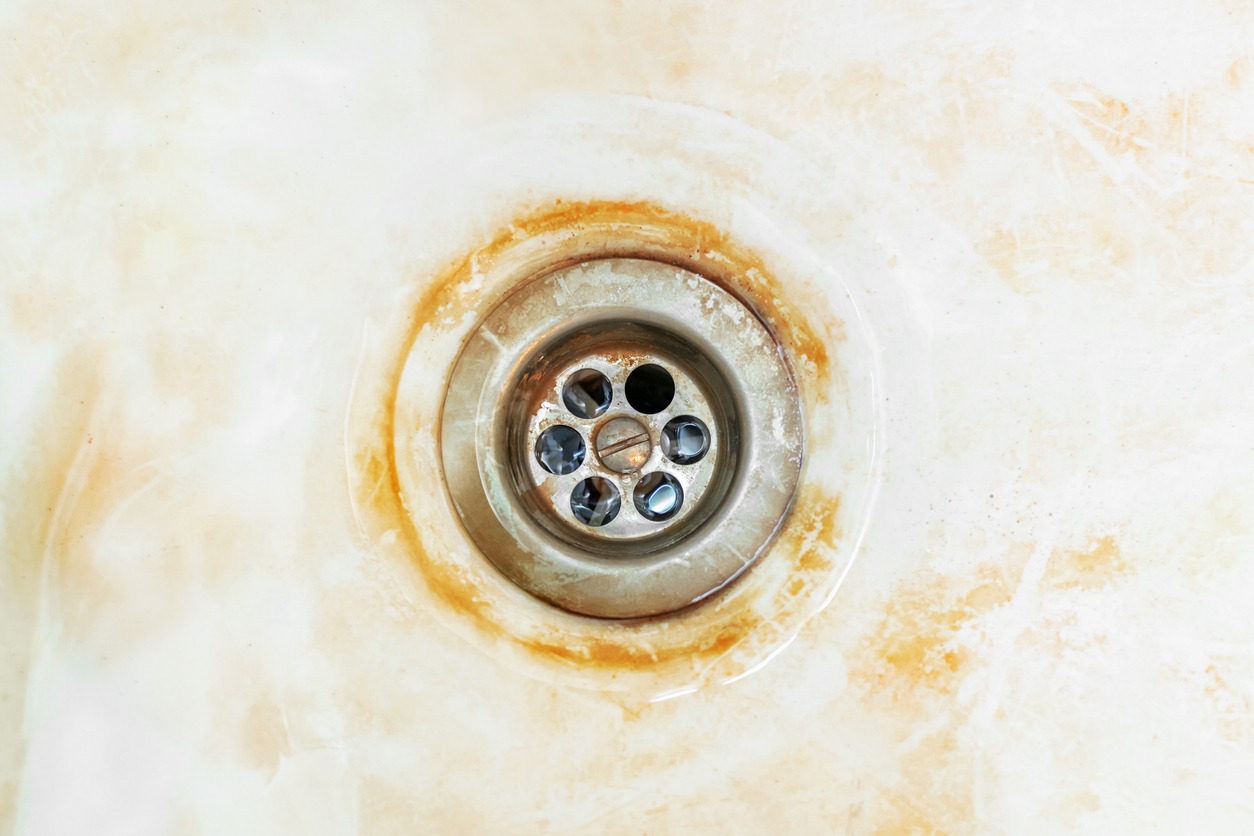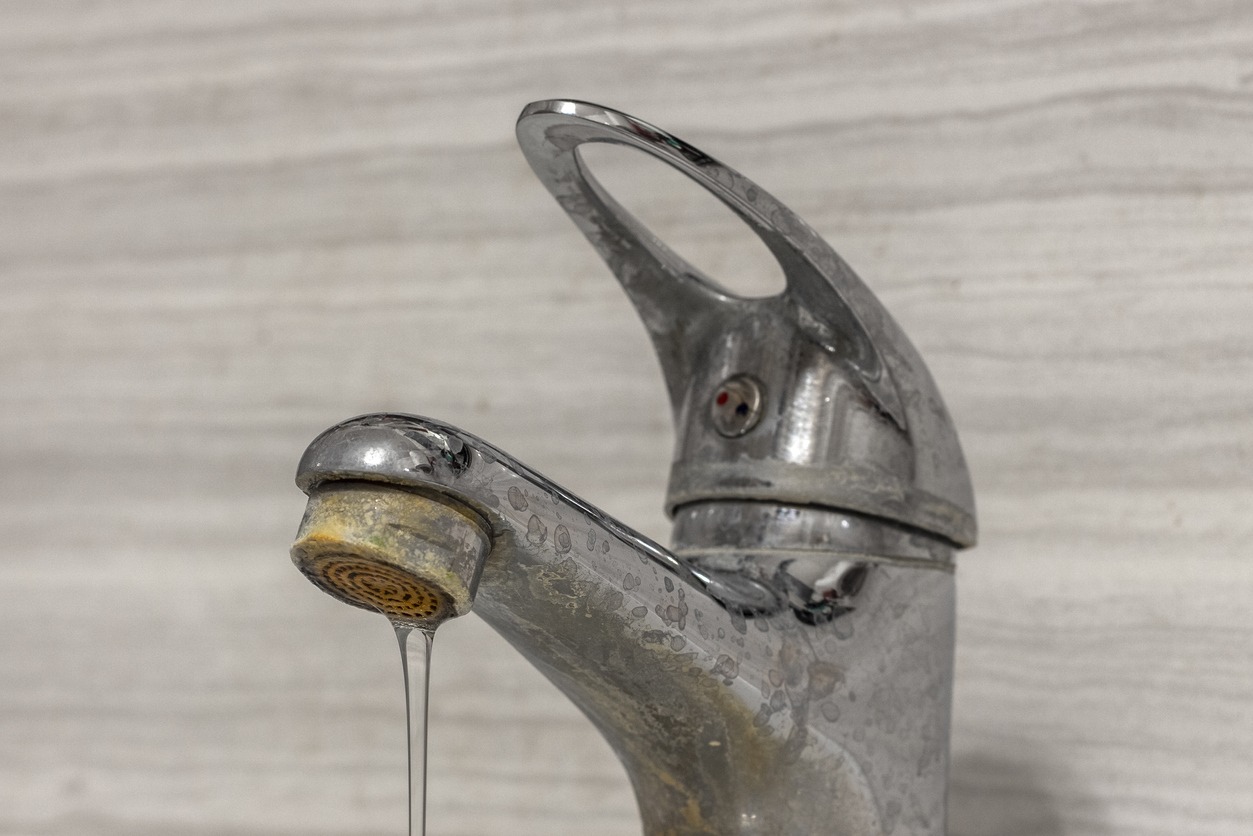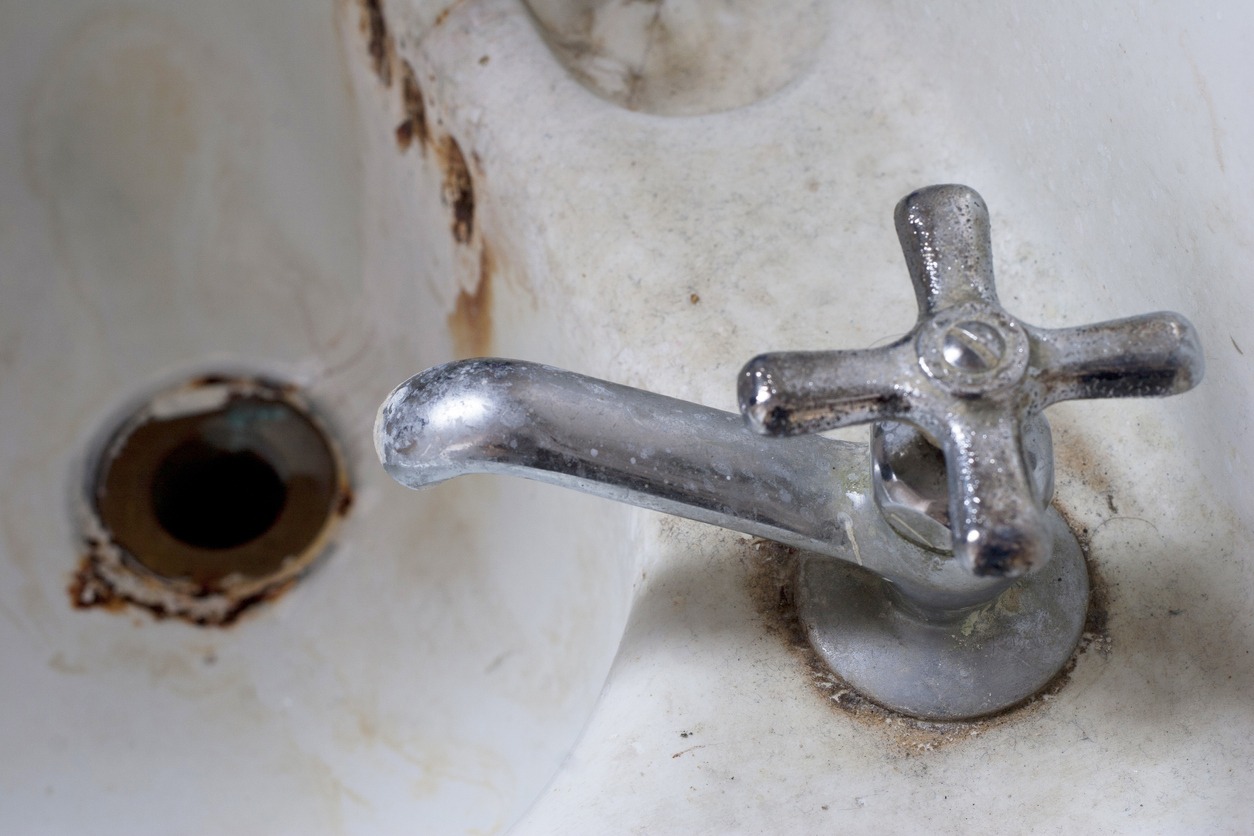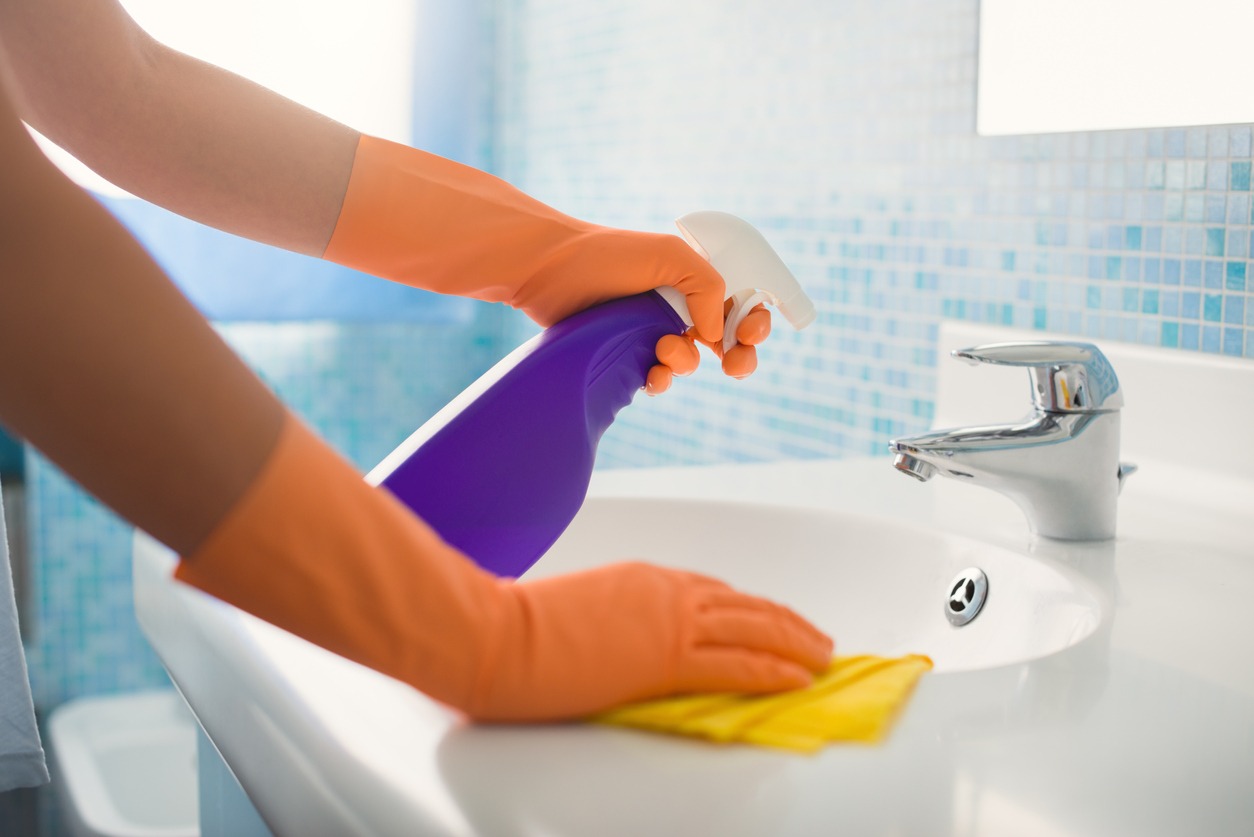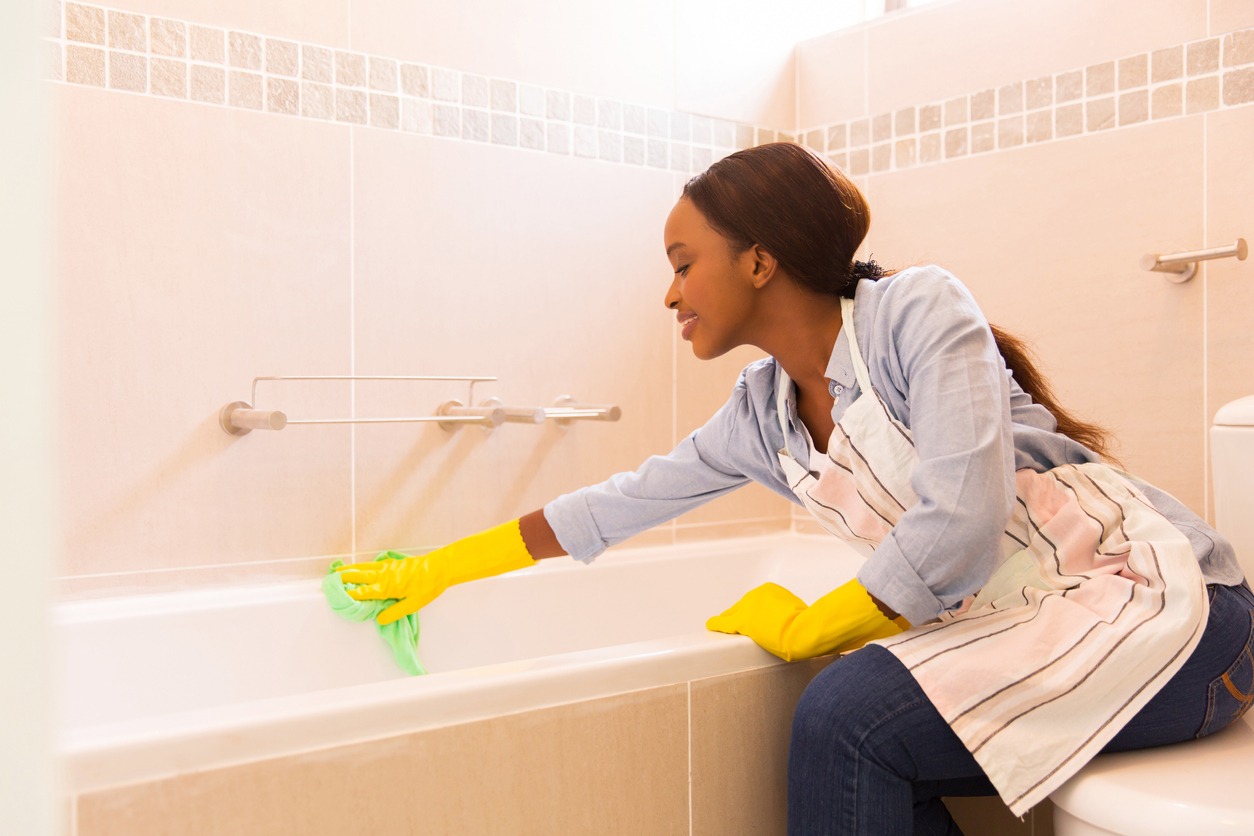For the overall hygiene and aesthetics of a home, having a clean and well-maintained bathroom is important. But over time, sinks and bathtubs often develop unsightly stains that can be frustrating to deal with. In order to effectively prevent and remove these stains, understanding their causes is crucial. Stains on bathtubs and sinks can result from different factors, and each type of stain has its own unique characteristics.
But the question is, what are the causes of these stains? In this article, we are going to give you more information about the underlying reasons behind stains on bathtubs and sinks to shed light on the process that leads to their development. This way, you’ll be able to think of ways to prevent these stains, as well as adopt the right cleaning techniques to maintain the pristine condition of your bathtubs and sinks. If you are interested to learn about these, read on as we’re giving you the different causes of stains on bathtubs and sinks.
The Different Causes of Stains on Bathtubs and Sinks
Stains on bathtubs and sinks are mainly caused by different factors. Below are some of the most common ones:
Hard Water Minerals
Hard water is water that contains a relatively high concentration of dissolved minerals, mainly magnesium and calcium ions. These minerals are acquired as water percolates through mineral-rich geological formations like chalk or limestone. The higher the mineral content, the “harder” the water. There are two minerals found in hard water. One is calcium, which is responsible for the majority of hard water effects. The other one is magnesium, which contributes to the hardness of water.
When hard water evaporates on the surface of bathtubs and sinks, these minerals are left behind, leading to unsightly mineral deposits or hard water stains. Also, hard water makes it challenging to create a lather with soap and detergents when it comes to cleaning, which leads to reduced cleaning efficiency and the formation of soap scum. In addition to that, hard water can also accumulate inside pipes and appliances, which may lead to reduced water flow and increased wear on plumbing systems.
Soap Scum
Soap scum is a white or grayish film that forms on surfaces exposed to soapy water, such as bathtubs, shower walls, sinks, and glass doors. It is a combination of soap residues, mineral deposits, body oils, and dead skin cells. When soap interacts with hard water minerals like magnesium and calcium, it forms insoluble compounds, which results in soap scum. Also, insufficient rinsing after using soap can leave behind soap particles on surfaces, which also contribute to the build-up of soap scum over time.
Using soaps, shampoos, body washes, and cleaning agents in the bathroom daily leads to the continuous deposition of soap scum on surfaces. Aside from that, the water used during showers and baths also aids in spreading soap scum on the walls, floors, and fixtures of the bathtub and sink. Some of the ideal spots for soap scum to accumulate includes corners, crevices, and other hard-to-reach areas.
Since soap scum adheres stubbornly to surfaces, it is very challenging to remove with regular cleaning methods. Over time, it can build up and become visually unappealing, giving the affected areas a dull and dirty appearance. Its sticky nature also attracts and traps dirt and other impurities, which contribute further to the unsightliness of the stains.
Mold and Mildew
Mold is a type of fungus that grows in multicellular filaments called hyphae. It is a fuzzy or powdery patch that can be black, green, white, or brown. Mildew, on the other hand, is a specific type of mold that usually grows on damp surfaces. It is thin, white, or grayish growth. Mold and mildew thrive in moist environments, making bathrooms a common location for their growth. Aside from that, higher temperatures and darkness also facilitate the growth and reproduction of these.
After you shower or bathe, the humidity in the bathroom increases, creating a conducive environment for the growth of mold and mildew. Aside from that, water splashes and spills on surfaces also contribute to dampness. The presence of organic matter also helps in the development of mold and mildew. Soap scum, body oils, and dead skin cells provide a food source for mold and mildew to thrive on surfaces. Plus, dust and debris may serve as a nutrient base for their growth.
Insufficient ventilation in bathrooms also hinders the evaporation of moisture, which allows mold and mildew to proliferate. When there is a lack of air circulation, the dampness of the surfaces in the bathroom will be prolonged, leading to the development of mold and mildew.
Rust Stains
Rust is a reddish-brown or orange-brown iron oxide compound that forms on the surface of metals, like iron or steel, in the presence of oxygen and water. When iron or steel is exposed to moisture and oxygen, a chemical reaction occurs, leading to the formation of iron oxide, which is known as rust.
When bathtubs and sinks are often exposed to water from daily use, any iron or metal particles present in the water supply can come into contact with the surfaces. Also, if the plumbing system, including pipes, faucets, or fixtures, is corroded, it can release rust particles that can stain bathtub and sink surfaces. Over time, the protective coatings on metal fixtures may degrade, making them more susceptible to rusting.
Chemical Reactions
Certain chemicals found in toiletries, cleaning products, and personal care items can react with the surface materials of bathtubs and sinks. These reactions may lead to etching, discoloration, or deterioration of the surface. Using harsh cleaners may cause damage or discoloration on surfaces as they contain strong acids or other chemicals. In addition to that, toothpaste and mouthwash, as well as cosmetic products like hair dyes, contain abrasives and pigments that can stain, scratch, and dull certain surfaces over time.
Dyes and Pigments
Dyes pertain to colorants that are soluble in water or other solvents and used to impart color to different materials. Pigments, on the other hand, are colorants that are insoluble in water or solvents and are added to materials to provide color and opacity. These are commonly found in cosmetics, toiletries, hair products, and cleaning agents. When used in the bathroom, these substances can accidentally come into contact with bathtubs and sinks, leading to staining if not cleaned immediately.
When you use hair dye products and cosmetics like foundation, lipstick, or nail polish, they can splatter or drip onto surfaces while being applied. In addition to that, there are also colored toothpaste, mouthwash, hand soaps, and some cleaning products that have bright colors or dyes that may leave stains if they accidentally spill or are not rinsed off surfaces promptly.
Tips on Removing and Preventing Stains on Bathtubs and Sinks
Regular cleaning and maintenance are important for preserving the appearance, hygiene, and longevity of bathtubs and sinks. Since the bathroom is one of the most frequently used areas in a home, it is subject to constant exposure to water, toiletries, soap, and other substances that can lead to the formation of stains and residue over time.
How to Prevent Stains on Bathtubs and Sinks
Preventing stains on bathtubs and sinks is easier and more efficient compared to dealing with stubborn stains later. Through the implementation of proactive measures, you can maintain the cleanliness and beauty of your bathroom fixtures. Below are some tips that you can follow to prevent stains on bathtubs and sinks:
- Prompt Cleaning: After using the bathtub and sink, wipe down the surfaces using a soft cloth or squeegee to remove water, soap residues, and other substances. This way, you can prevent the build-up of stains and make regular maintenance easier.
- Avoiding Abrasive Cleaners: Avoid using harsh or abrasive cleaning agents, particularly on delicate surfaces. It is better to use mild, non-abrasive cleaners that are suitable for the specific materials of your bathtub and sink.
- Using Protective Mats and Trays: It is a good idea to put mats or trays around sinks and in the bathtub to catch spills and protect surfaces from accidental contact with potentially staining substances like hair dyes, cleaning agents, or cosmetics.
- Regular Grout and Caulk Maintenance: It is important to always keep grout lines and caulk joints well-maintained. Inspect and repair any damaged or deteriorated grout and caulk to prevent moisture infiltration and mold growth, which can lead to stains on sinks and bathtubs.
- Humidity Control: It is essential to ensure proper bathroom ventilation to reduce humidity levels and prevent excessive moisture that fosters mold and mildew growth. You may also use exhaust fans or open windows during and after showers to aid in drying surfaces.
- Water Softening: If the water supply in your home is hard, it is best to consider using water softeners or water filters to reduce the presence of hard water minerals. Softened water is less likely to leave hard water stains on surfaces.
- Test New Products: Before using new cleaning products or toiletries, test them in inconspicuous areas to ensure they do not cause discoloration or damage.
- Avoiding Contact with Sensitive Surfaces: Be cautious when using colored hair dyes, cosmetics, or cleaning agents near bathtubs and sinks. Use protective barriers or mats to prevent direct contact between potentially staining substances and sensitive surface materials.
- Regular Inspections: Periodically inspect bathtubs and sinks for any signs of stains or residues, especially in hard-to-reach areas. Address any issues promptly to prevent stains from setting in and becoming more difficult to remove.
- Resealing and Maintenance: Depending on the materials, some bathtubs and sinks may require periodic resealing or maintenance. Follow manufacturer guidelines for proper care to preserve the appearance and integrity of the fixtures.
Tips for Removing Stains on Bathtubs and Sinks
While prevention is important, stains may still develop on bathtubs and sinks occasionally despite the best efforts. When you notice stains on your bathtub or sink, it is best to follow the right techniques and cleaning methods to remove them effectively without causing damage. Below are some of the techniques that you can try for stain removal:
- Identify the Type of Stain: In order to choose the most suitable cleaning method and products, you first need to determine the cause of the stain. Different stains may need different approaches for effective removal.
- Choose Specific Stain Removers: Consider using commercial stain removers specifically designed for the type of stain you are dealing with. These products often contain ingredients that target and dissolve specific stain components, making them more effective than general-purpose cleaners.
- Try Using Homemade Stain Removers: For natural options, use mixtures of vinegar, baking soda, lemon juice, or hydrogen peroxide to target specific stains. These household items can be effective in removing certain stains without using harsh chemicals.
- Pre-Soak the Affected Areas: For stubborn stains, pre-soak the affected areas with appropriate cleaning solutions to help loosen the stain before scrubbing or wiping. Allow the cleaning agent to sit for a few minutes or as recommended by the product instructions.
- Use Soft Brushes or Scrubbing Pads: If you need to scrub the surfaces of your bathtubs and sinks, make sure that you use soft brushes or non-abrasive pads to avoid scratching or damaging them. Choose tools that are suitable for the material of your bathtub and sink.
- Test Products in Inconspicuous Areas: Before applying any stain remover or cleaning solution to a visible area, test it in a small, inconspicuous spot to ensure it does not cause any adverse effects or discoloration.
- Do Not Mix Cleaning Agents: Refrain from mixing different cleaning agents, especially those containing bleach or ammonia, as combining certain chemicals can produce harmful fumes or reactions.
- Rinse the Surfaces Thoroughly After Cleaning: After cleaning, rinse the surfaces thoroughly with clean water to remove any remaining cleaning agents and residues. Residues left behind can attract dirt and contribute to future staining.
- Make Sure to Dry the Surfaces: After cleaning and rinsing, dry the surfaces with a soft cloth or towel to prevent water spots and promote a streak-free finish.
- Seek Professional Assistance: If stains are particularly stubborn or if you are unsure about how to remove them safely, consider seeking professional cleaning services. Professional cleaners have the expertise and tools to tackle tough stains effectively.
Conclusion
It is indeed essential to maintain clean and stain-free bathtubs and sinks for a hygienic, visually appealing, and welcoming bathroom environment. By learning about the different causes of stains, you will be able to take action and take preventive measures to minimize the possibility of stains forming in the first place. And if you are faced with stains, following effective stain removal techniques can help restore the surfaces to their original cleanliness. We hope this article helped you learn more about the causes of stains on bathtubs and sinks.

